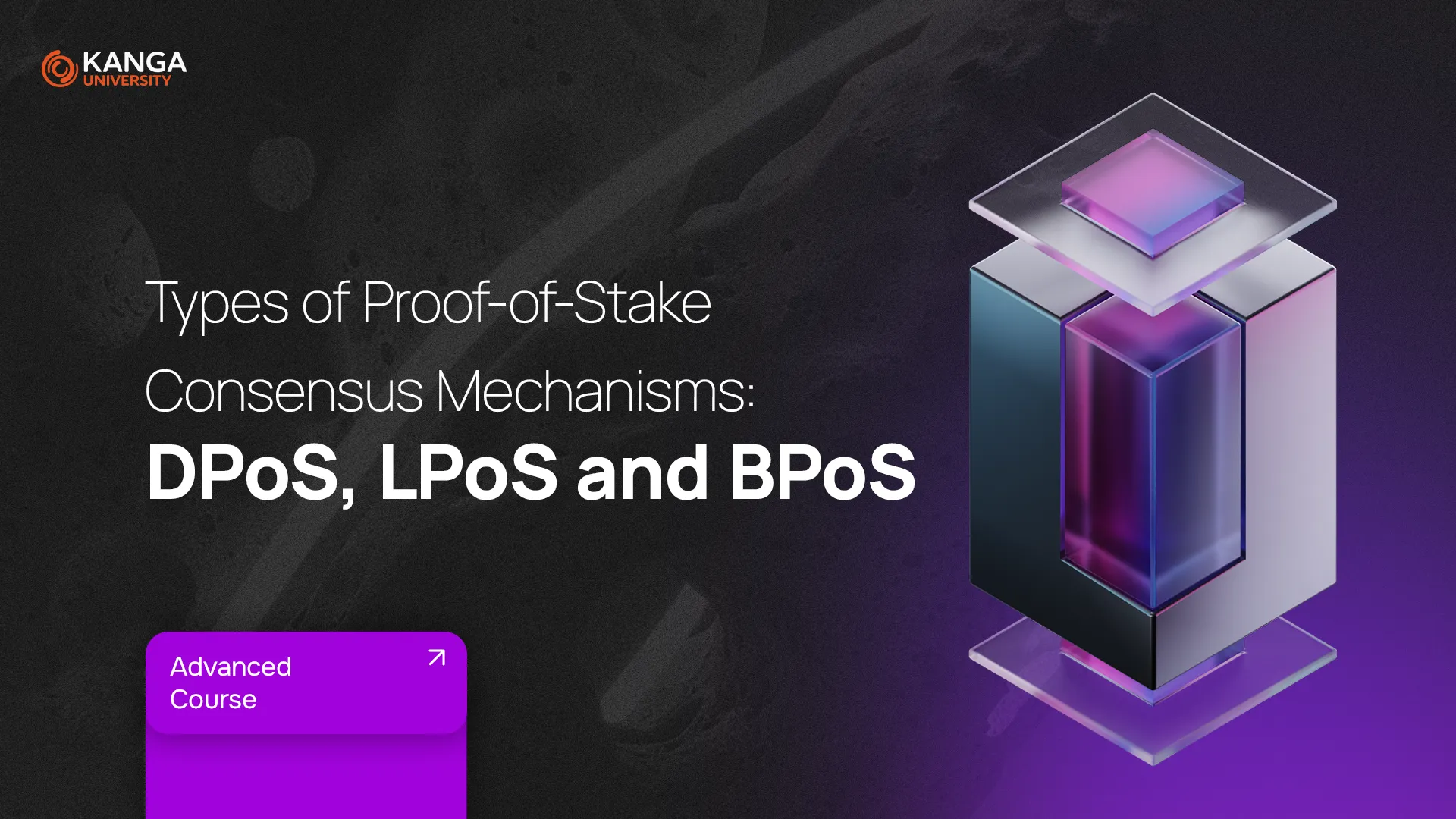
If you’ve ever heard of crypto, chances are you’ve come across the term Proof-of-Stake (PoS). It’s one of the most common systems blockchains use to stay secure and decide who gets to validate transactions. Sounds technical? Let’s break it down together.
What is Proof-of-Stake?
Imagine a blockchain as a shared ledger where everyone wants to add their own page of transactions. But only one person can add a page at a time. So how does the system choose who goes next?
That’s where consensus mechanisms come in. In Proof-of-Stake, the more cryptocurrency you lock up (or “stake”), the higher your chances of being chosen to validate the next block and earn a reward.
Introduced in 2012 by Sunny King and Scott Nadal, PoS was created as a more efficient alternative to the energy-hungry Proof-of-Work (used by Bitcoin). Instead of competing by computing power, validators are selected based on how much they’ve staked. It’s cheaper, faster, and way better for the environment.
Delegated Proof-of-Stake (DPoS): Blockchain Meets Voting
DPoS takes the PoS model a step further by introducing voting. Instead of validating transactions yourself, you can delegate your voting power to someone else — called a delegate or block producer.
These delegates make big decisions, validate transactions, and help manage the network. It’s like choosing your class rep — you hand them your vote, and they speak on your behalf.
Pros of DPoS:
-
Lightning-fast transactions.
-
High scalability and performance.
-
Energy efficient.
-
Great resource optimization.
Cons:
-
Requires active community participation.
-
Risk of vote manipulation.
-
Critics argue it may lead to centralization.
Projects like EOS and TRON use this model.
Liquid Proof-of-Stake (LPoS): Flexibility First
LPoS is similar to DPoS but offers more freedom. You still delegate your stake to others, but you keep full ownership of your crypto.
This means you can change your delegate whenever you want, and no one can use your assets without your permission. Plus, you can become a validator yourself if you stake enough. It’s an open system that encourages collaboration.
Tezos is a well-known project using LPoS.
Bonded Proof-of-Stake (BPoS): With Great Power Comes Accountability
BPoS works much like LPoS, but with a twist: if a validator messes up or breaks the rules, they lose a portion of their earnings. This “slashing” penalty adds accountability.
While it’s a bit riskier for validators, it helps keep the network honest. BPoS removes the fixed validator ratio found in LPoS and has been adopted by projects like Cosmos and IRISnet.
Why Does Consensus Matter?
Without a solid consensus mechanism, blockchain networks wouldn’t function. These systems make sure that everyone agrees on what’s true — even when thousands of computers around the world are involved.
PoS and its variants offer faster speeds, lower costs, and better energy efficiency than older systems. As more developers join the space, they’re combining and tweaking these models to create even smarter blockchains.
Summary
Proof-of-Stake isn’t just one solution — it’s a whole family of systems designed to make blockchains faster, safer, and more scalable. Whether you’re just curious, building your first dApp, or investing in crypto, understanding how these models work is key.
Now you know the differences between PoS, DPoS, LPoS, and BPoS. This foundation will help you better understand how blockchain ecosystems are built — and how they evolve over time.